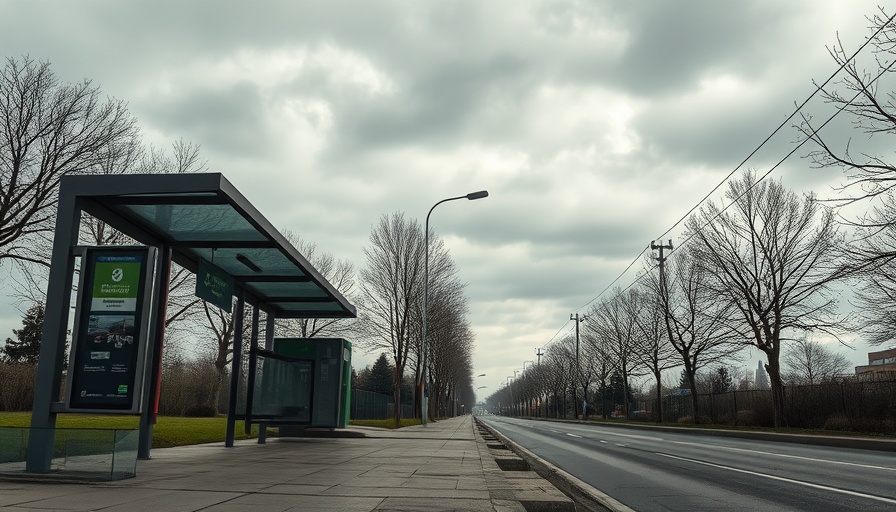
Understanding the Bus Service Crisis in Dumfries and Galloway
The recent chaos in the bus services of Dumfries and Galloway isn't just an operational hiccup; it's the culmination of years of warnings and ignored advice. Councillor Andrew Wood, who previously chaired the regional transport body, Swestrans, has been vocal about the impending crisis, asserting that if council leadership had heeded earlier warnings, many distressing situations could have been avoided.
Bargaining Power: The Stagecoach Situation
Wood claimed that Stagecoach was "holding a gun to our heads year after year," echoing frustrations that have been felt across the community. The bus company’s demands for increased financial support for public and school contracts led to an unavoidable exit from several public transport routes in early August, leaving residents frustrated and services in flux. For many families and individuals, the lack of reliable transport ties directly into the groundwork for community dynamics—affecting travel to work, school, and even property locations. A significant number of residents have expressed their discontent, taking the extra step of launching petitions for better service configurations.
The Fallout: Immediate Impact on the Community
The immediate aftermath of Stagecoach’s withdrawal saw many routes left unfilled and a drastic reduction in bus services. Complaints from residents flooded local council members, emphasizing the significance of reliable transport links in Dumfries and Galloway. Access to public transport plays a crucial role in shaping community engagement and ensuring that local property values remain stable. As potential homebuyers consider investing in this region, they are sure to weigh the availability of transport against their own needs and expectations.
The Response from Local Authorities and Future Plans
In response to this ongoing crisis, Dumfries and Galloway Council has been working diligently to fill in the service gaps left by Stagecoach. The announcement of a new fleet of twelve low-emission buses, which expands the council's 'DGC Buses' offering to 77 vehicles, signals a commitment to improving local transport infrastructure. This growth of public resources could pave the way for a more reliable and localized independent transport network—offering stability not just for students and workers, but for prospective property investors eyeing Dumfries and Galloway.
Community Insights and Future Considerations
As local authorities strive to connect with residents and meet community transportation demands, a more integrated approach to public transport can be expected. Future developments may include consolidating control over regional transport to ensure more fidelity to community needs, particularly focusing on routes and amenities that residents have been voicing for years.
For potential property buyers, the implications of a stronger, more community-responsive transport system are profound. Understanding the dynamics of local transport can inform decisions about property investments, as bus service reliability boosts both the desirability of properties and local foot traffic for businesses.
Conclusion: A Call to Action for Better Transport
As Dumfries and Galloway navigates this challenging period with its bus services, it's essential for stakeholders—residents, council members, and potential investors—to engage in meaningful discussions about the future of transportation in the region. By voicing concerns and proposing practical solutions, there lies an opportunity for all involved parties to work together towards a cohesive transport system that supports both current residents and attracts new property buyers.
Understanding the trends in local transport isn’t just about current commuting; it plays an integral role in shaping future community dynamics. To those considering moving or investing in Dumfries and Galloway, staying informed and engaging in local decisions surrounding transportation can be the key to navigating future opportunities.
 Add Row
Add Row  Add
Add 





Write A Comment